Guest Writer: Father Moo
Most people who play synths have also figured out that field recording is actually really cool. Like so many digital hobbies, it used to be quite expensive, but post-2000 it has become really affordable.
I started field recording for real when I first got a MiniDisc recorder, probably around 2001. This technology is now obsolete but at the time it was a cheap digital recording format. The MiniDiscs themselves looked quite cool and I had about a dozen blank discs, the recorder itself, a small stereo condenser mic and a pair of headphones, and I set them out and ventured out into the real world.

<Image: Minidisc>
Usually when we walk around we hear sounds in motion and we respond to them without really thinking about them. Like if you’re walking and you hear a bicycle approach behind you and to your left, you edge over to the right side of the sidewalk almost unconsciously to let it pass by. But once you’ve got the recorder running and you’ve got the headphones on, and you monitor the recording in real time, you can hear the gristliness of tires squealing and the digital brittle quality of warning chimes. You can do a field recording without the headphones on, but it’s much better to have them on – you can almost tell which sounds are going to be cool to sample in the future, which tones are tonal or atonal. A metal door clanking closed might make a great industrial high-hat sound. There’s one enemy: the wind. It can really ruin a nice natural phrase or sequence by overwhelming your mic input. Monitoring with headphones helps you minimize this, by positioning the mic out of the wind or using your body to shield it.
Once you get that field recording home and load it into your computer, you learn so much about how natural and artificial sounds are made. One of the most amazing field recordings I ever made was in a summer when I lived in Japan. I was in a small farming town and for a few weeks, it was frog mating season. I stood in a small road on a quiet windless evening and recorded the frogs for about 10 minutes. That was a cool sound. Then I messed around with it in Adobe Audition. I slowed down the frogs by 2 octaves …. And they weren’t frogs anymore. They sounded for all the world like a great chorus of whales performing whalesong. And it struck me that most mammals, including humans, have similar vocal chords and larynxes, thanks to the process of evolution, so why shouldn’t frogs slowed down sound like whales? After all, little kids have higher pitched voices than large opera singing adults, due to the size of the equipment they’re using to produce sound.
I’m not saying this is something I’ve researched academically but when I slowed those frogs down, I understood the basic science on an intuitive level. But years later, I learned that people much smarter than me had already been studying this, and way more scientifically. One of the greats in this field is a guy named Bernie Krause. In the 60s and early 70s, he was one of the first people who really learned how to program and play the Moog Modular systems which were just becoming available. There were lots of rock gods who could afford these massive systems (the Rolling Stones toured with one but the cops kept taking it apart at the airport to search it for drugs), but they needed guys like Bernie to teach them how to patch it and even how to play it musically, in the sense that a different technique may be required for a monosynth lead tone as compared to a classical piano piece.

<Image: Moog>
So Bernie taught classes and demonstrated at trade shows and even played on a few classic recordings. But eventually, he too got sucked into the fantastic world of field recording. Back in those days, the condenser mics and headphones would have been pretty similar to what we use today, but instead of a MiniDisc, they’d record on an expensive Nagra portable high-end tape deck.

<Image: Recording>
Bernie became a university professor studying what is variously called “Biophony” (all sounds produced by living creatures) or “Acoustic Ecology” (the study of the relationship between human beings and their environment, as mediated by sound). He came up with something he called the Niche Hypothesis. Basically, it’s his theory that every animal that communicates by sound in nature has to do so at a specific frequency. If a certain type of bird is chirping at 72Hz, for example, then a frog with a limited vocal range of 70 to 78Hz will choose to ribbit at 77Hz if he can. That way, the communications don’t interfere with each other, and other frogs will hear the frog calling out, and other birds will hear the bird chirping clearly. This is similar to how radio stations work: if one radio station in this part of town broadcasts at 101.5FM, then the others will broadcast at 102.7FM and 99.5FM so that the broadcasts don’t interfere with each other, and the listeners tuning in at home won’t constantly hear reggae music breaking into the classical music they want to hear, or whatever.

<Image: Chart>
Of course, in the Niche Hypothesis, naturally occurring sounds may be interfered with by artificially produced sounds made by humans and their technology. If you set up an electrical transformer that produces an audible hum at 60Hz due the AC current it’s outputting, then any animals in the area that usually chirp or call at 60Hz will have to produce higher or lower tones to continue communicating --- or they’ll have to leave the area and go somewhere else. Bernie Krause traveled the world for years, recording natural environments, and sometimes returning to natural environments where more humans and human-created sounds now existed, and documented the changes to the natural environments that these produced.
As fascinating as I found Bernie’s work, I found I wasn’t as concerned with the differences between natural and artificial sound. I don’t think human sounds are really “corrupting” the “pure” natural world. Bernie documented the acoustic environment, but for years I had also been collecting the classic sounds of old drum machines to use as samples in my own recordings, and before that, the classic breakbeats of hiphop. After all, the vinyl they were originally released on won’t last forever. I guess that if animals are forced to evolve or adapt to meet the challenges of human-created noise, that’s not necessarily a bad thing – they’ve been adapting for thousands of years already. Hell, dolphins and bats developed sonar and radar long before humans figured them out (and used them to kill each other the ways dolphins and bats used them to kill animals and bugs they wanted to eat). That’s actually amazing to think of ---- all of human technology as a giant noisy annoying mass composition created by millions of Merzbows, all trying to annoy animals to death. (Although I think Merzbow was doing it for S&M reasons.)
After I finally got my first modular system – the Nord Micro Modular digital synth – I used it to create synthetic bird and insect sounds, weird generative clicks and warbles, trying to make it sound like a forest full of gameboys calling out to one another to back up their 8bit data by procreating. Mixing the artificial and the natural often makes them seem like the perfect sonic complements for each other. Here’s an ambient piece I made which seemed sterile and dull to me until I mixed it with a field recording of an autumn walk through crunchy leaves in the forest – Old Wave
And I just met someone last month building their own analog circuits specifically to imitate bird sounds. Rather than worrying about mechanical human sounds dirtying peaceful natural soundscapes, I’m excited to see how DNA and digital technology will cause sounds to evolve in the future, how noise becomes composition and vice versa. Stop, as you’re reading this, and look with your ears – what kind of audio environment are you sitting in right now? What hidden green world?
Five Tips For Going Green:
- Begin At The Beginning: Buy (or assemble) a field recording setup that suits your budget. You probably want some combination of headphones, a recorder, and a mic. The headphones will make a difference as you hear what you’re getting as the device records, but if all you can afford is a USB audio recorder without headphones, that’s fine. Your smartphone probably has a free recording app too …
- Get Out There: no matter where you live, there are multiple audio worlds to delve into. Cityscapes are great: night markets, religious festivals, libraries, airports, public transport, they’re all ecosystems of crispy, unexpected tones. My favorite is to stand outside a nightclub at 2 in the morning and record the flipside of electronic music. If you’re just the right distance from the club, you’ll get only the kick drums and some muffled beats, plus cars passing by … recycle techno. Try it.
- Go Green: The forest is cool too, of course. If there’s no real forests accessible where you live, a big park like the Chiang Kai Shek Hall is a good option. Birds sound weirder than you’ve noticed.
- Process The Output: although I usually work in hardware, it’s great to load your field recordings into an audio editing program (Audacity is a good free one) and look at it through spectral analysis. Cut out some cool transients and use them as drum sounds.
- Lather It On: What I really like to use field recordings for is to process them so they’re really subtle (band or high pass filter, usually, maybe some other effects like massive reverb) and then mix them into a track really low, almost inaudible. Experiment to find the most suitable level for your own music. Even a perfect acoustic guitar composition sounds much more interesting with the sounds of the natural world behind it….
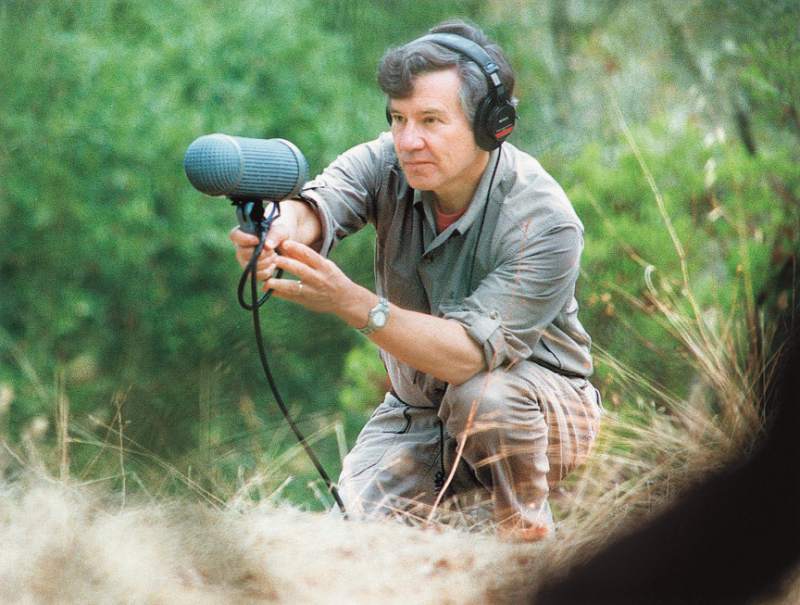

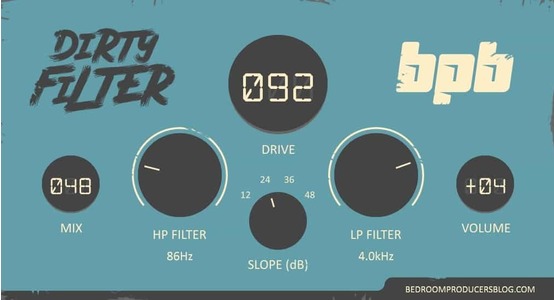




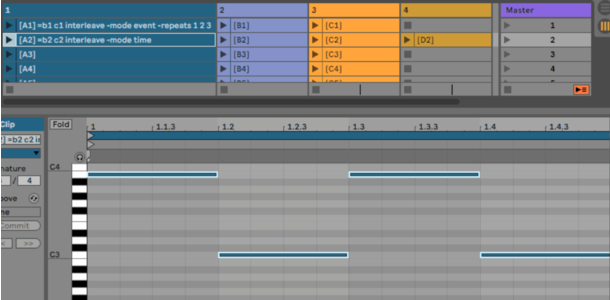
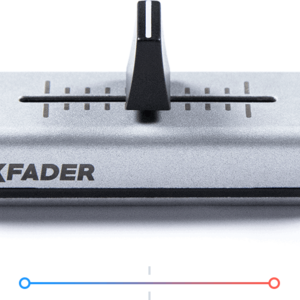
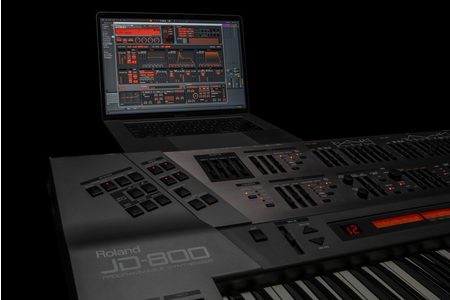

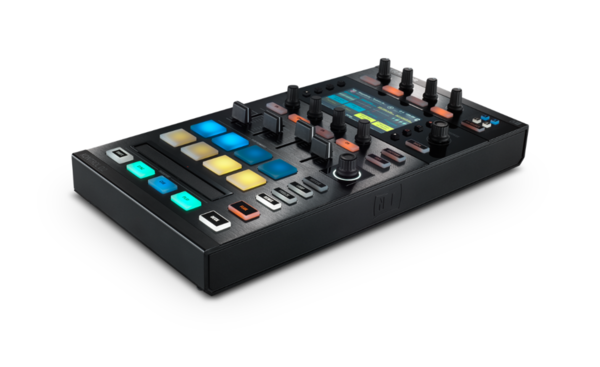
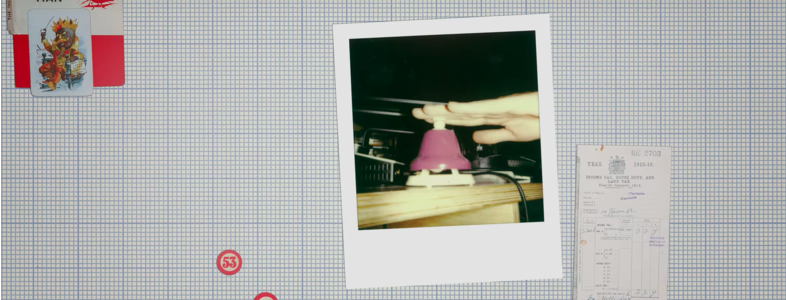

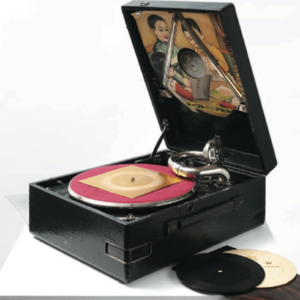







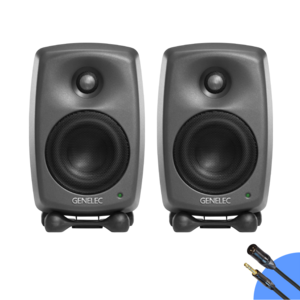


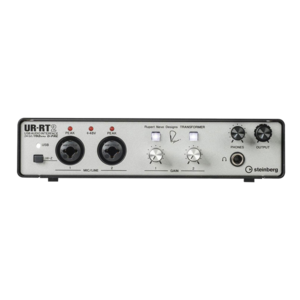
討論區
目前尚無評論